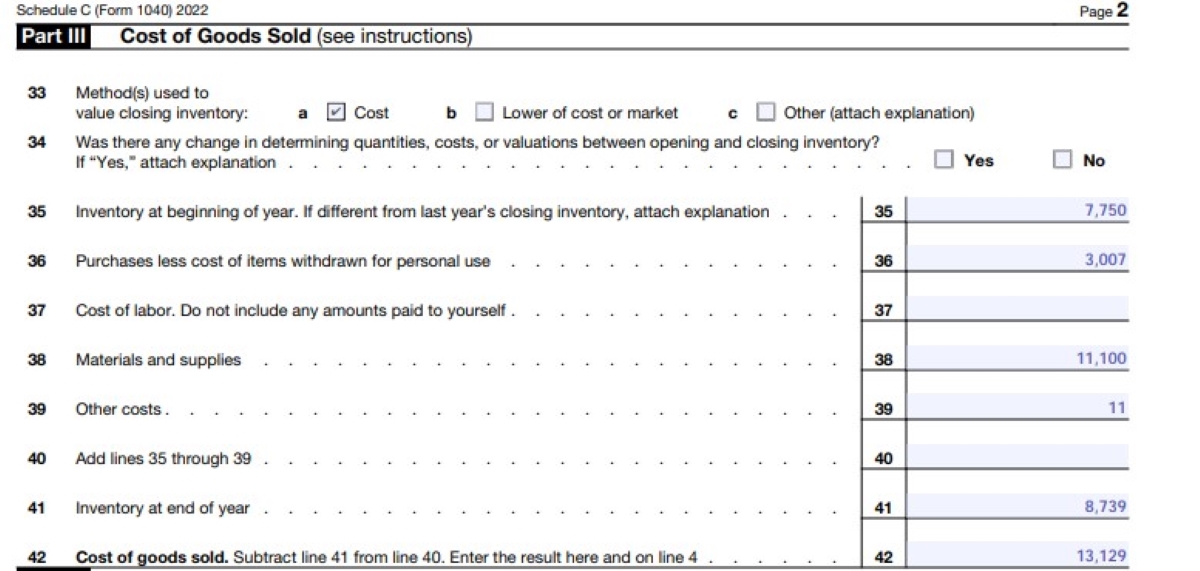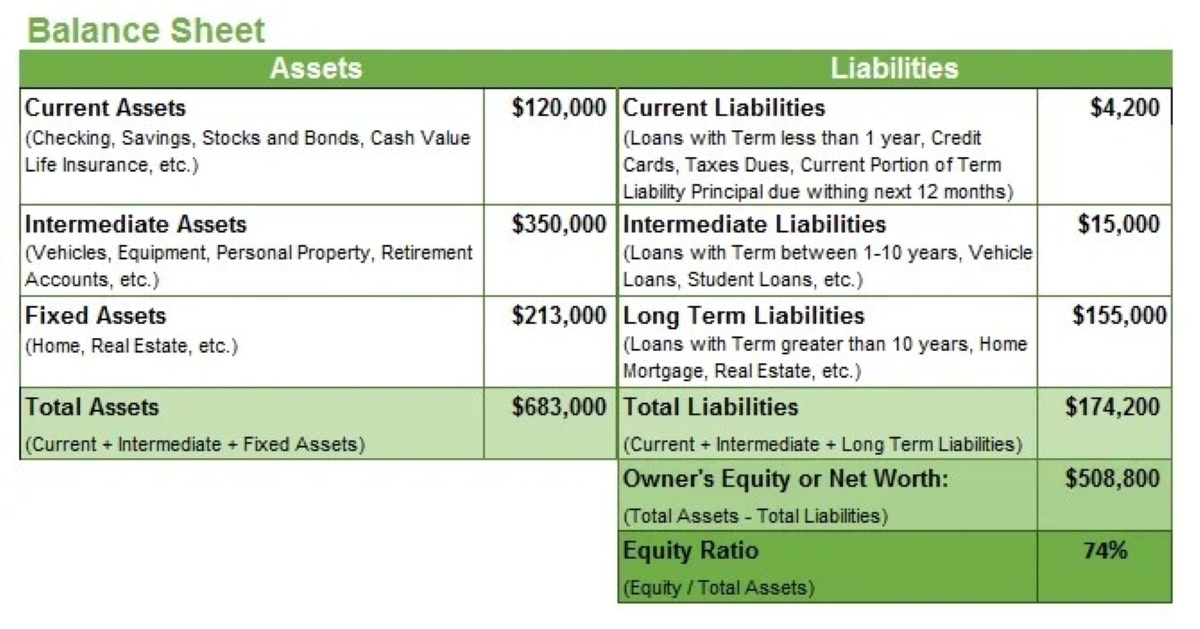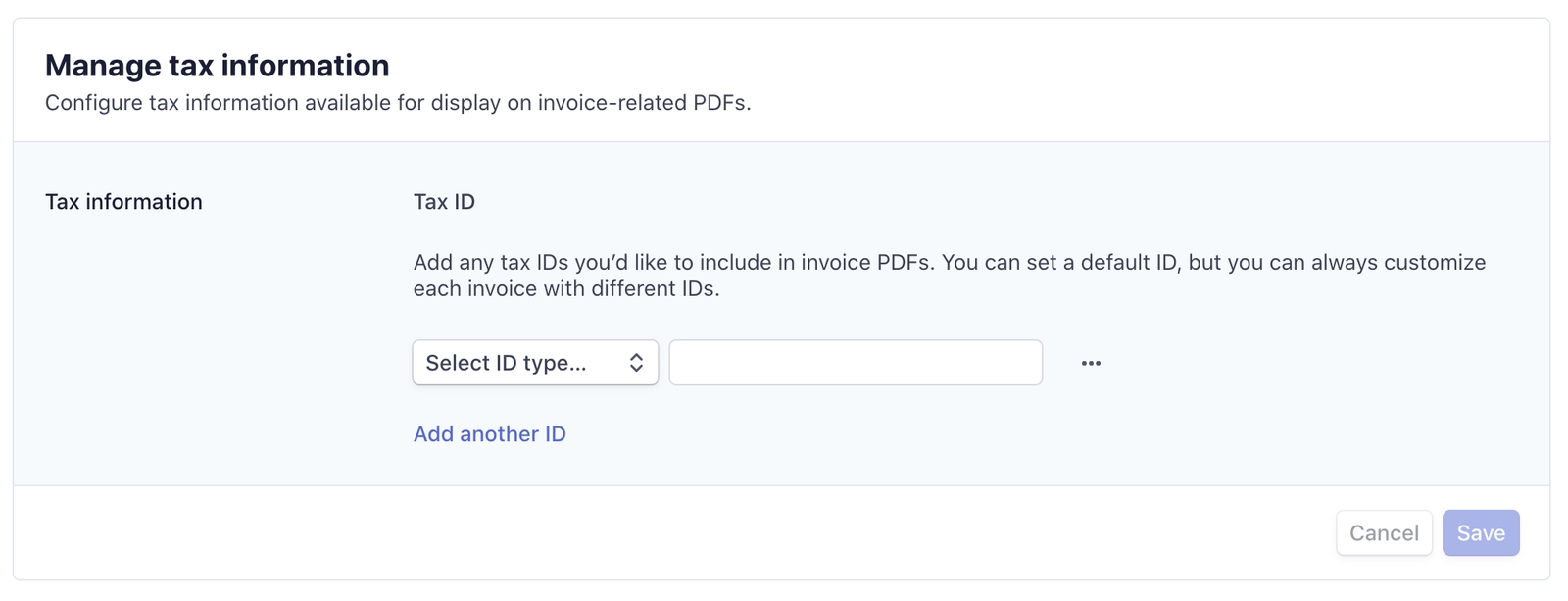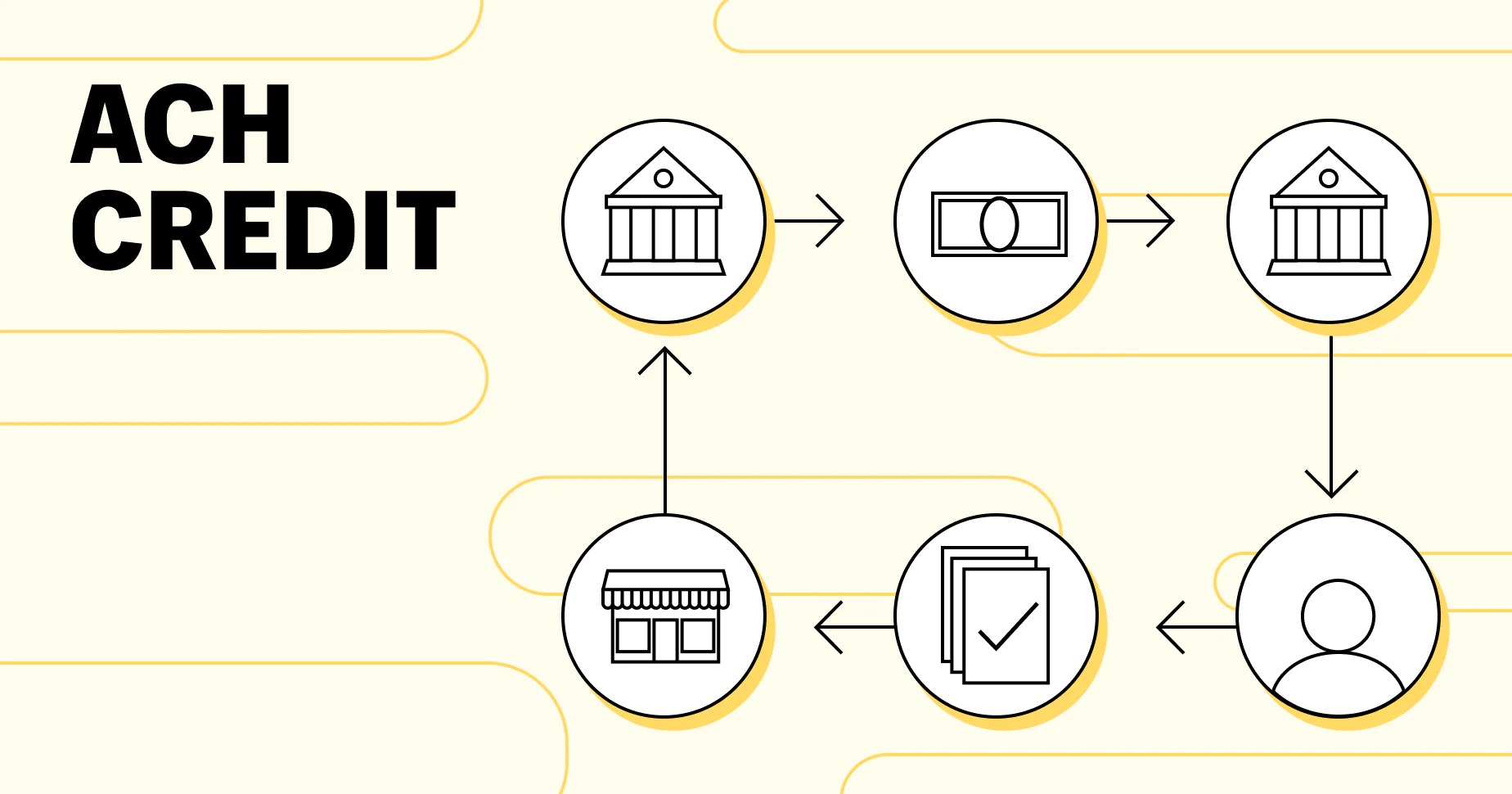

Finance
Where Does Merchant Fee Go For Profit & Loss
Published: February 24, 2024
Learn where merchant fees go in the profit and loss statement. Understand the impact on your finance and optimize your business expenses.
(Many of the links in this article redirect to a specific reviewed product. Your purchase of these products through affiliate links helps to generate commission for LiveWell, at no extra cost. Learn more)
Table of Contents
Introduction
In the realm of commerce, the smooth exchange of goods and services is facilitated by a complex network of financial transactions. At the heart of this network lies the pivotal role of merchant fees. These fees, often overlooked by the average consumer, play a significant role in shaping the financial landscape of businesses and impacting the overall economy. Understanding the intricacies of merchant fees is essential for merchants, consumers, and financial professionals alike.
Merchant fees, also known as credit card processing fees, are charges incurred by businesses when they accept electronic payments from customers. These fees are imposed by payment processors, such as banks and financial institutions, to cover the costs of processing credit and debit card transactions. While seemingly routine, these fees have a profound impact on a business's profit and loss statement, making them a critical aspect of financial management.
In this article, we will delve into the world of merchant fees, unraveling their complexities and shedding light on their implications for businesses. By gaining a comprehensive understanding of merchant fees, readers will be equipped to navigate the intricacies of financial transactions, optimize their business operations, and make informed decisions that can positively impact their bottom line. Let's embark on this enlightening journey to explore the multifaceted realm of merchant fees and their profound influence on the financial landscape.
Understanding Merchant Fees
Merchant fees are an essential component of the modern financial ecosystem, playing a pivotal role in facilitating electronic transactions and enabling seamless commerce. At their core, these fees represent the cost of accepting credit and debit card payments, encompassing a diverse array of charges that collectively form the total expense incurred by businesses for processing electronic payments.
One of the key elements of understanding merchant fees is recognizing the parties involved in the transaction. Payment processors, such as banks and financial institutions, act as intermediaries between merchants and card-issuing banks. These processors facilitate the authorization, processing, and settlement of electronic transactions, ensuring the smooth flow of funds between the customer’s account and the merchant’s account. In exchange for these services, payment processors levy merchant fees, which are typically calculated as a percentage of the transaction amount, along with a flat fee for each transaction.
Furthermore, the structure of merchant fees may vary based on several factors, including the type of card used (credit or debit), the nature of the transaction (online or in-person), and the specific pricing model employed by the payment processor. Understanding the nuances of these fee structures is crucial for merchants, as it enables them to assess the true cost of accepting electronic payments and devise strategies to optimize their payment processing expenses.
As electronic payments continue to dominate the commercial landscape, the significance of understanding merchant fees cannot be overstated. By grasping the intricacies of these fees, businesses can make informed decisions regarding their payment processing methods, negotiate favorable terms with payment processors, and ultimately enhance their financial efficiency. In the subsequent sections, we will delve deeper into the breakdown and allocation of merchant fees, shedding light on the specific components that contribute to this critical aspect of financial management.
Breakdown of Merchant Fees
Delving into the breakdown of merchant fees unveils the multifaceted components that collectively form the total expense incurred by businesses for processing electronic payments. These fees comprise a diverse array of charges, each serving a distinct purpose in the complex ecosystem of financial transactions.
One of the primary components of merchant fees is the interchange fee, which is collected by the card-issuing bank and serves as compensation for the risks and costs associated with extending lines of credit to consumers. This fee is determined based on various factors, including the type of card used, the nature of the transaction, and the level of risk associated with the merchant’s industry. Additionally, assessment fees, charged by card networks such as Visa and Mastercard, contribute to the overall merchant fees, further adding to the cost of accepting electronic payments.
Moreover, payment processors impose their own markup on merchant transactions, often expressed as a percentage of the transaction amount along with a flat fee. This markup encompasses the processor’s profit margin and covers the expenses associated with transaction processing, fraud prevention, and customer support. Understanding the breakdown of these fees empowers merchants to discern the underlying components of their payment processing expenses, thereby enabling them to identify potential areas for optimization and cost reduction.
Furthermore, the emergence of new payment technologies and evolving regulatory frameworks introduces additional layers to the breakdown of merchant fees. For instance, the advent of contactless payments and mobile wallets has spurred the development of innovative fee structures, necessitating a comprehensive understanding of these evolving paradigms. By dissecting the intricate components of merchant fees, businesses can navigate the dynamic landscape of electronic payments with acumen and precision, thereby optimizing their financial operations and bolstering their competitive edge.
As we unravel the breakdown of merchant fees, it becomes evident that a nuanced comprehension of these components is indispensable for merchants seeking to streamline their payment processing expenses and fortify their financial resilience. In the subsequent sections, we will explore the allocation of merchant fees, shedding light on the distribution of these charges within the broader framework of financial transactions.
Allocation of Merchant Fees
The allocation of merchant fees encompasses the intricate distribution of charges within the realm of financial transactions, delineating the destination of each fee and its impact on the various stakeholders involved. Understanding the allocation of these fees is paramount for merchants, as it elucidates the flow of funds and the entities that partake in the revenue generated from electronic payments.
When a customer initiates an electronic payment at a merchant’s establishment, the transaction sets in motion a series of financial interactions, each accompanied by its own set of fees. The interchange fee, collected by the card-issuing bank, represents a significant portion of the merchant fees and serves as compensation for extending credit to consumers. This fee is channeled back to the card-issuing bank, contributing to its revenue stream and offsetting the risks associated with credit card transactions.
Additionally, card networks such as Visa, Mastercard, and American Express levy assessment fees, which are allocated to support the infrastructure and operations of these networks. These fees enable the seamless functioning of the payment ecosystem, underpinning the reliability and security of electronic transactions while contributing to the revenue of the respective card networks.
Payment processors, acting as intermediaries in the transaction process, allocate a portion of the merchant fees to cover their operational expenses and generate a profit margin. These entities play a pivotal role in facilitating the authorization, processing, and settlement of electronic transactions, thereby warranting a share of the fees incurred by merchants for their services.
Understanding the allocation of merchant fees provides merchants with insights into the intricate web of financial interactions underpinning electronic payments. By discerning the destination of each fee, businesses can gain a holistic perspective on the stakeholders involved in the payment processing ecosystem and the revenue streams that sustain its operations. This knowledge empowers merchants to make informed decisions regarding their payment processing methods, negotiate favorable terms with stakeholders, and optimize their financial efficiency.
As we unravel the allocation of merchant fees, it becomes evident that these charges permeate the entire spectrum of electronic transactions, shaping the revenue dynamics of banks, card networks, and payment processors. In the subsequent sections, we will explore the profound impact of merchant fees on the profit and loss statement of businesses, shedding light on the financial implications of these critical charges.
Impact on Profit and Loss
The allocation of merchant fees has a profound impact on the profit and loss statement of businesses, exerting a tangible influence on their financial performance and bottom line. These fees, while essential for facilitating electronic transactions, represent a significant expense that directly affects the profitability of merchants and the overall financial health of their operations.
For businesses, the impact of merchant fees on the profit and loss statement is palpable, as these charges directly diminish the revenue derived from customer transactions. The cost of accepting electronic payments, encompassing interchange fees, assessment fees, and payment processor markups, contributes to the overall cost of sales, thereby reducing the gross profit margin of merchants. This reduction in profitability underscores the pivotal role of merchant fees in shaping the financial dynamics of businesses, necessitating astute management and strategic optimization.
Moreover, the impact of merchant fees extends beyond the gross profit margin, permeating the operational expenses and net income of businesses. As these fees represent a recurring cost incurred for each electronic transaction, they contribute to the operating expenses of merchants, thereby influencing the net income derived from their commercial endeavors. The cumulative effect of these fees on the profit and loss statement underscores the imperative for businesses to proactively manage and optimize their payment processing expenses to bolster their financial resilience.
Furthermore, the impact of merchant fees on the profit and loss statement underscores the need for businesses to adopt strategic measures to mitigate these expenses and enhance their financial efficiency. This may encompass negotiating favorable terms with payment processors, leveraging cost-effective payment technologies, and implementing robust fraud prevention measures to minimize the incidence of chargebacks and disputes. By proactively addressing the impact of merchant fees on their profit and loss statement, businesses can fortify their financial position and pave the way for sustainable growth and prosperity.
As we unravel the impact of merchant fees on the profit and loss statement, it becomes evident that these charges wield a substantial influence on the financial landscape of businesses, necessitating prudent management and strategic foresight. In the subsequent sections, we will explore effective strategies for managing merchant fees, equipping businesses with actionable insights to optimize their payment processing expenses and enhance their financial viability.
Strategies for Managing Merchant Fees
Given the substantial impact of merchant fees on the financial dynamics of businesses, employing strategic measures to manage and optimize these expenses is paramount for enhancing financial efficiency and bolstering profitability. By implementing proactive strategies, merchants can navigate the complexities of payment processing and mitigate the impact of fees on their bottom line.
One effective strategy for managing merchant fees involves negotiating favorable terms with payment processors. By leveraging a comprehensive understanding of fee structures and industry benchmarks, merchants can engage in informed negotiations to secure competitive rates and favorable pricing models. This may entail exploring interchange-plus pricing, which offers transparency and potential cost savings compared to flat-rate pricing models.
Furthermore, embracing innovative payment technologies, such as mobile wallets and contactless payments, can yield cost efficiencies by leveraging lower interchange rates and streamlined transaction processes. By aligning with evolving payment paradigms, merchants can optimize their payment processing expenses and capitalize on emerging trends in consumer payment behavior.
Implementing robust fraud prevention measures is another critical strategy for managing merchant fees. By fortifying security protocols, monitoring transactions for suspicious activity, and adhering to best practices for data protection, businesses can mitigate the incidence of chargebacks and disputes, thereby reducing the financial impact of fraudulent transactions on their bottom line.
Moreover, leveraging data analytics and payment optimization tools can provide valuable insights into transaction patterns, enabling merchants to identify opportunities for cost savings and operational efficiencies. By harnessing the power of data-driven decision-making, businesses can optimize their payment processing expenses and enhance their financial resilience in a dynamic commercial landscape.
Additionally, partnering with reputable financial advisors and industry experts can provide merchants with invaluable guidance on navigating the complexities of payment processing and optimizing their financial operations. By leveraging the expertise of professionals well-versed in payment industry trends and best practices, businesses can gain a competitive edge in managing their merchant fees and enhancing their overall financial performance.
As we explore strategies for managing merchant fees, it becomes evident that proactive measures are instrumental in mitigating the impact of these charges on the profit and loss statement of businesses. By adopting a multifaceted approach that encompasses negotiation, innovation, security, analytics, and expert guidance, merchants can optimize their payment processing expenses and fortify their financial resilience, paving the way for sustained growth and prosperity.
Conclusion
In conclusion, the intricate realm of merchant fees permeates the fabric of financial transactions, exerting a profound influence on the profit and loss statement of businesses. By unraveling the complexities of these fees and understanding their implications, merchants can navigate the dynamic landscape of payment processing with acumen and foresight, thereby optimizing their financial efficiency and bolstering their bottom line.
From the breakdown and allocation of merchant fees to their impact on profitability, businesses are presented with a multifaceted landscape of financial considerations that warrant astute management and strategic optimization. The allocation of merchant fees underscores the intricate web of financial interactions underpinning electronic transactions, delineating the destination of each fee and its impact on the various stakeholders involved. Understanding the breakdown of these fees empowers merchants to discern the underlying components of their payment processing expenses, thereby enabling them to identify potential areas for optimization and cost reduction.
Furthermore, the impact of merchant fees on the profit and loss statement underscores the imperative for businesses to adopt strategic measures to mitigate these expenses and enhance their financial efficiency. By proactively addressing the impact of merchant fees on their profit and loss statement, businesses can fortify their financial position and pave the way for sustainable growth and prosperity.
Effective strategies for managing merchant fees encompass negotiation, innovation, security, analytics, and expert guidance, providing businesses with a multifaceted approach to optimizing their payment processing expenses and fortifying their financial resilience. By implementing proactive measures, merchants can navigate the complexities of payment processing and mitigate the impact of fees on their bottom line, thereby enhancing financial efficiency and bolstering profitability.
In essence, the realm of merchant fees embodies a critical facet of financial management, warranting a comprehensive understanding and strategic foresight to optimize payment processing expenses and fortify the financial resilience of businesses. By embracing proactive measures and leveraging industry expertise, merchants can navigate the complexities of merchant fees with confidence, paving the way for sustained growth, operational efficiency, and financial prosperity.














